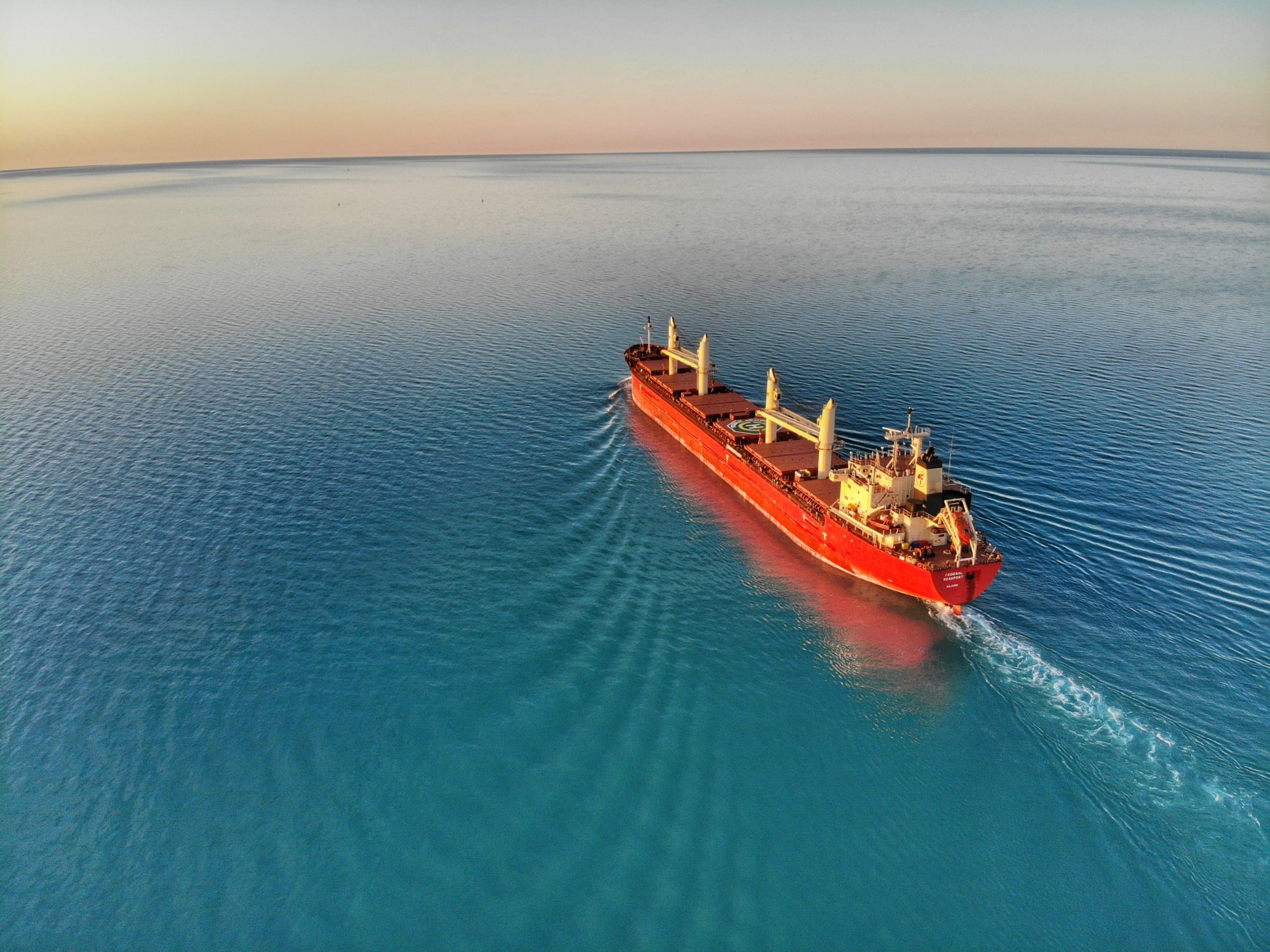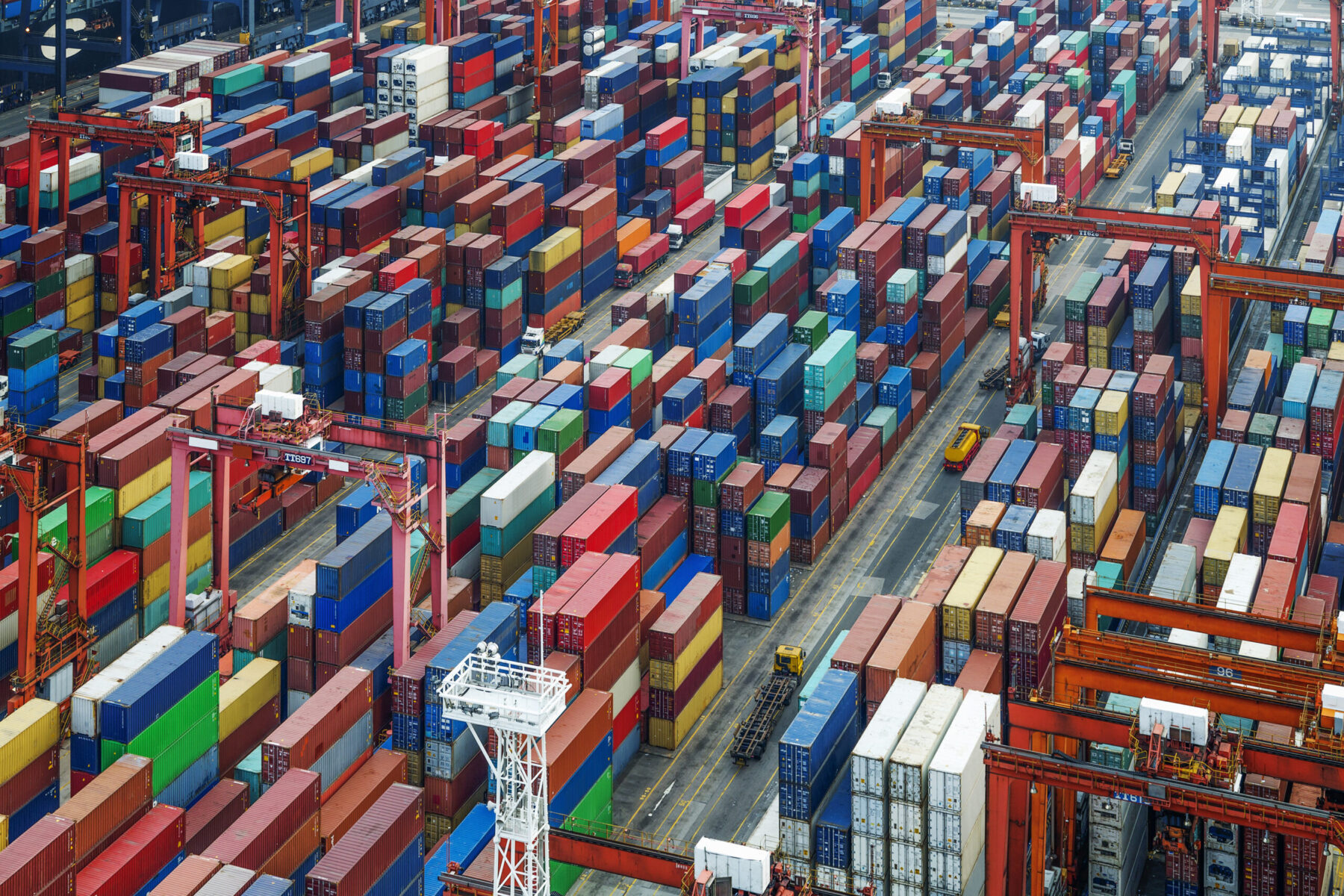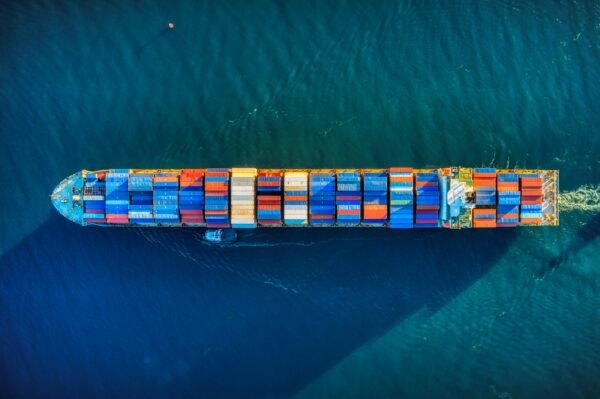Ocean Deep Dive: 5 Things You Need To Understand This Month
Sep 23, 2022
Scroll to find out more
Sep 23, 2022
Scroll to find out more

Shippers could be forgiven for a sense of whiplash when it comes to the ocean freight market today. On the one hand, rates are dropping and capacity is often more available than it has been, but we’re also seeing ongoing disruption in ports around Europe and in the US. All this means it can be surprisingly hard to answer a seemingly simple question: Is the ocean market improving?
The answer – inevitably – is a mixed one. While certain macro trends are improving, localised events can still very much disrupt your supply chain. To make some sense of the current market and find some answers, we sat down with Richard Fattal, Zencargo Co-Founder and CCO on our podcast Freight to the Point to drill into what matters for shippers.
Here we examine five factors shaping today’s market and what they mean for your supply chain.
Firstly, let’s start with the good news. On average, rates are dropping and there is more space available in the market.
The Shanghai Containerised Freight Index (SCFI) has reported a 9.7% fall, week-on-week, and 37% from the start of the year, while the Ningbo Containerised Freight Index (NCFI) quoted an 11.6% fall in the weekly index.
There are two key reasons behind this. Firstly, weakening demand is putting downward pressure on rates as economic and political conditions in the West change the business calculus of Eastern imports. Economic uncertainty has led to consumers reducing their retail spending, leaving retailers with fuller inventories, and destocking at a time that would normally be peak season preparation.
Secondly, while localised disruption in Europe and the US has caused headaches, ports in general are operating more efficiently, meaning vessels that were taking much longer to circulate the globe and to get back into place are now able to get back into place faster, especially when it comes to origin ports in China.
This weakening demand has shaken up the normal rhythm of the year.
‘We’re looking at whether in the pre-Chinese New Year period, or towards the end of the year, you see a rush on cargo in anticipation of the closure of the Chinese market and really for next year’s sales. And it doesn’t look like this year is going to really have much of a peak or if not, at least a mild peak, if any.’ says Richard.
On a local level, disruption is still very much a going concern. We have seen port congestion in Europe, strikes in Europe and the United Kingdom, with more scheduled to come. If you have had containers destined for these ports, it’s likely that you’ve felt the impact. But for now, at least, the knock on effects seem to be less serious than we have seen in recent years.
‘You have to think about the impact on the market within the context of the timing when these things happen,’ explains Richard. ‘If we’d been talking about a strike at the port of Felixstowe this time last year, I think the environment would be very, very different. The reality is that the port of Felixstowe is not operating at full capacity.’
So when that strike happened, the buildup of boxes that came off of ships in the weeks before and then the lack of discharge in terms of movements out of the port in the period afterwards were more manageable because the port was not operating at full capacity.
In practice this means that the buildup of boxes that came off of ships in the weeks before and then the lack of discharge in terms of movements out of the port in the period afterwards were more manageable because the port was not operating at full capacity, and could be solved quicker.
One of the side-effects of the early days of the pandemic, when shippers cancelled thousands of containers worth of orders, is that carriers have become experts at capacity management. In order to balance demand and supply, carriers use blank sailings – when there’s too much capacity, they remove ships from service.
‘Carriers have the ability to manage capacity and we’ve seen them actively do that during the COVID period in order to better manage their yield and better manage the market so that they don’t have excess capacity at ports of origin around the world in any given week,’ says Richard.
Indeed, we have an increase in blank sailings in the run up to the Golden Week period as carriers seek to restore the balance between demand and supply and keep rates at a certain level. .
When looking at order books, there is no real new supply coming into either Asia, Europe or the Trans-Pacific ocean market until at least the second quarter of 2023, meaning carriers will be looking to get the most out of current capacity before supply increases.
While the demand and supply question affects rates, it also affects service and availability. For shippers looking to keep goods moving in an environment where capacity can be removed, it’s important to be able to effectively manage what is urgent and must ship in a given week despite the blank sailings and therefore to be able to potentially move suppliers in some cases or to have multiple options.
Moving forward, shippers will have to balance the need for space against finding the right rates, while also navigating potential destination-side disruption. In short, while conditions are improving, agility, visibility and data are still the essential elements of managing your supply chain in real-time.
Given the diverse conditions on the ocean market, strategic decisions need to be taken with flexibility in mind, according to the needs of your business, your customers and your network.
‘It’s certainly not a time for one size fits all – this is a time to be looking what your priorities are within your business and really adapting the way that you actually approach your rate strategy and how you think about the market to suit your needs right now, but also even thinking about segmenting within the business.’ explains Richard.
As we enter tender season, decisions made now wil have an impact into next year and potentially even further. A fixed contract may not make sense for some shippers who are just looking for the best spot rate, but then may make a lot of sense when thinking about how to protect yourself in 2023 when ocean carriers look for more cargo on new vessels that are coming into the market. Once capacity rises, carriers may be willing to trade off a better rate for more certainty of cargo on the one hand, and able to give security and certainty to the shipper on the other hand.
‘The key question for now is to what extent the combination of the blank sailings and the cargo, which will accumulate over the golden week period, leads to a boost to the market,’ says Richard.
As conditions continue to evolve, so must your shipping and rate strategy. At Zencargo, we work closely with clients to help them make data-backed decisions that balance price, capacity and service to make sure their supply chains keep moving.
If you want to find out more about how we could support your business, we’re offering no-obligation strategy consultations with Richard Fattal to consider tender options, negotiations and route planning. Book your own session right now to find out how you can protect your business going forward.

To find out how you can take control of your supply chain costs and stay ahead...

To find out how you can navigate a path through uncertainty, book your free str...

To find out more about how Zencargo’s digital freight forwarding experts and te...